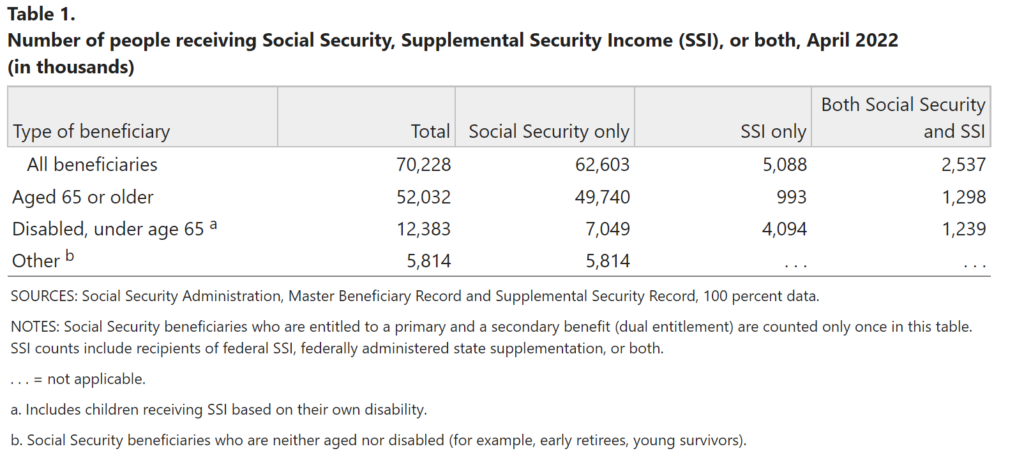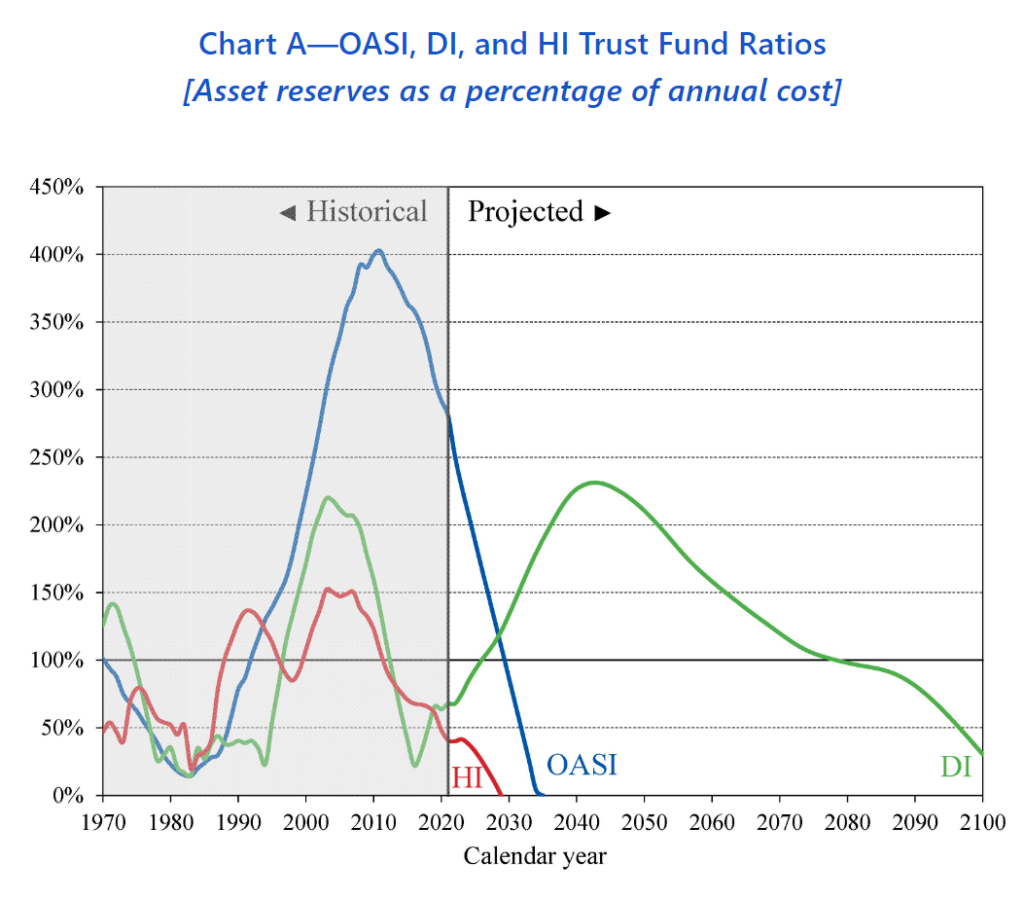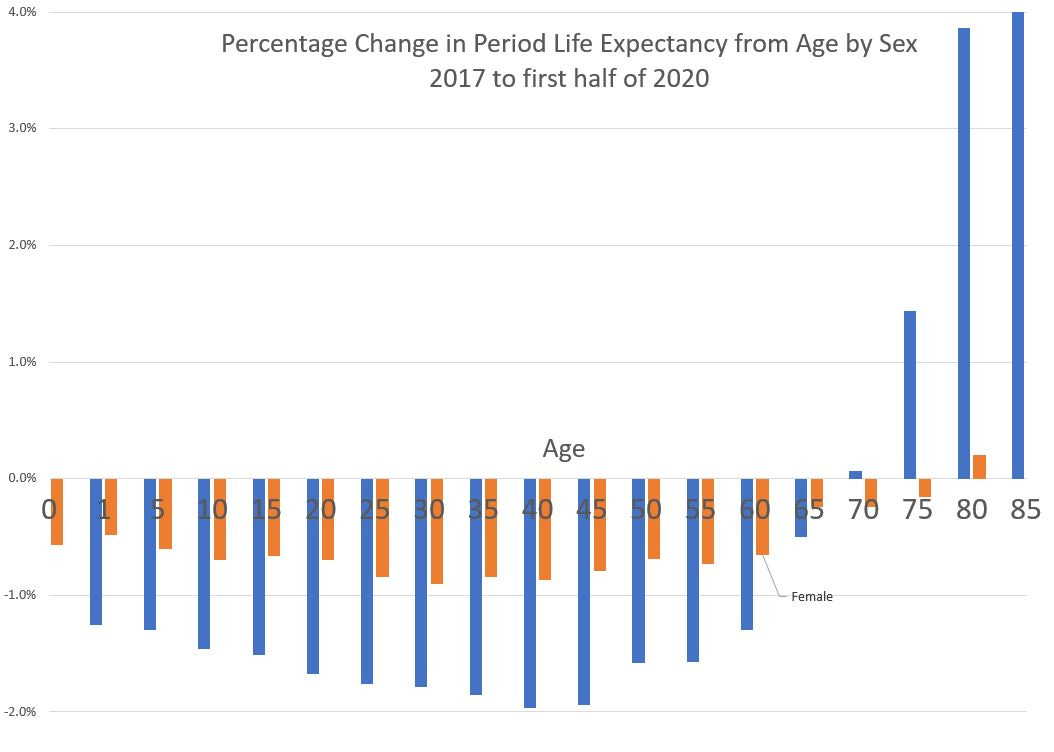Link: https://www.discoursemagazine.com/p/americans-should-be-less-complacent
Excerpt:
In December 2023, Gallup released the results of its latest survey of Americans’ expectations of Social Security. Gallup has been conducting these surveys in essentially similar form for many years, and their latest results qualitatively resemble previous ones. They show a slight uptick in Americans’ optimism that Social Security will make good on future benefit promises, producing Gallup’s headline finding: “Americans More Upbeat About Future Social Security Benefits.”
Unfortunately, the optimism expressed by Gallup’s respondents is at odds with the reality of Social Security’s deteriorating finances, as evidenced by the worsening actuarial shortfall documented in its trustees’ annual reports. Never before have Americans had greater reason for concern that they will not receive the benefits Social Security is promising. The reason Americans are feeling blithe about Social Security’s future is not because of its actual condition, but because elected officials and media figures avoid a subject whose harsh realities contradict their preferred political narratives.
….
Another recurring feature of the Gallup surveys is to question respondents as to whether they would prefer that Social Security solvency be restored by raising taxes or by “cutting” or “curbing” benefits. Whenever the question is phrased in such a way, Americans express a preference for raising taxes, a preference that increased in the latest poll. The rising preference for raising taxes may partially reflect the bigger-government tilt of young adults, combined with the large number of baby boomers on the verge of claiming benefits. However, a portion of that expressed preference has been present in every survey, and it is worth understanding why.
All Social Security survey responses tend to be extremely sensitive to the wording of questions and to background understanding of the program. For example, a previous Gallup poll showing majority opposition to proposals to “curb” benefits for middle- to high-income workers was contradicted by a contemporaneous poll finding that 59% of respondents favored slowing the rate of benefit growth for middle- to high-income workers. When proposals to moderate future benefit growth are accurately described as such, they tend to draw much more support than when proposals are described as “cutting” or “curbing” benefits. Language such as “cut” or “curb” implants the mistaken notion that such proposals would reduce benefits from current levels.
Author(s): Charles Blahous
Publication Date: 9 Feb 2024
Publication Site: Discourse Magazine




